- +86 139 6342 5310
- [email protected]
- 140 Wenhua South Road, Laiwu District, Jinan City, Shandong Province
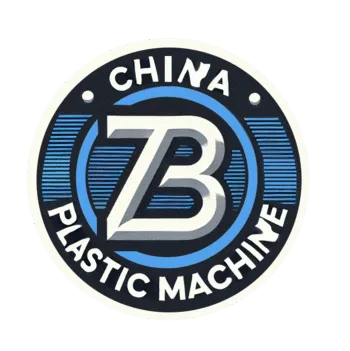

If you are interested in cooperation, please contact us immediately, we will give you feedback as soon as possible!
The plastic film blow molding unit is a key equipment for agricultural plastic film production. It adopts advanced blow molding technology, which has strong power and close coordination of various components. It can accurately handle various raw materials, flexibly adjust parameters, and quickly produce plastic films with strong toughness and good permeability. It is easy to operate and maintain. It provides efficient film for spring planting and autumn harvest and helps agricultural production.
![]() Whatsapp : +8613963425310
Whatsapp : +8613963425310
![]() Email : [email protected]
Email : [email protected]
| Aspect | Details |
|---|---|
| Definition | A plastic film blow molding unit is a specialized piece of industrial equipment designed to produce plastic films via the blow molding process. It transforms plastic resins, typically polyethylene (PE), polypropylene (PP), or polyvinyl chloride (PVC), into continuous, tubular films with controlled thickness and width for various packaging, agricultural, and industrial applications. |
| Working Principle | 1. Resin Melting: Plastic granules are fed from a hopper into an extruder. Inside the heated extruder barrel, the resin is gradually melted by the heat generated from heaters and the mechanical shearing force of the rotating screw. 2. Extrusion: The molten plastic is then pushed through a circular die, forming a continuous, cylindrical parison. 3. Blowing: Compressed air is introduced into the center of the parison, causing it to expand radially like a balloon. As it inflates, the plastic cools and solidifies, taking on the shape of a thin, tubular film. 4. Collapsing and Winding: After cooling, the tubular film is collapsed into a flat, double-layered form by a set of collapsing frames. It is then wound onto a reel for storage or further processing. |
| Main Components | – Hopper: Holds the raw plastic granules, which are fed in a controlled manner into the extruder. It often has a metering device to ensure a consistent supply of resin. – Extruder: Consists of a barrel, screw, heating elements, and a drive system. The screw rotates to convey, compress, and melt the plastic resin, while the heating elements maintain the proper temperature along the barrel. – Die Head: A crucial part that shapes the molten plastic into a cylindrical parison. It can be adjusted to control the diameter of the parison and, ultimately, the width of the finished film. – Air Ring: Surrounds the emerging parison and supplies compressed air for blowing. It also helps in the initial cooling of the film as the air flow cools the hot plastic. – Collapsing Frames: These frames gently collapse the inflated tubular film into a flat configuration, preparing it for winding. – Winding Reel: Rolls up the flat, finished film, often with a tension control system to ensure even winding. |
| Types | – Single Screw Extruder Units: Simple and cost-effective, suitable for producing common plastic films with basic requirements. The single screw design is efficient for melting and extruding relatively homogeneous plastic resins. – Twin Screw Extruder Units: Feature two intermeshing screws, which offer better mixing of additives, fillers, and different polymer components. This type is preferred for producing high-quality, specialty films where precise control over material properties is needed. |
| Production Process Steps | 1. Resin Preparation: Select and clean the appropriate plastic resin granules, ensuring no contaminants. 2. Feeding: Load the resin into the hopper, and start the metering device to supply it to the extruder. 3. Melting and Extrusion: Heat the extruder barrel and start the screw rotation. The resin melts and is extruded through the die head as a parison. 4. Blowing and Cooling: Inject compressed air to blow the parison into a film, while the air ring and ambient air cool the film. 5. Collapsing and Winding: Collapse the tubular film and wind it onto the reel. |
| Quality Control Parameters | – Thickness: Measured precisely, as consistent thickness across the film is vital for its performance. Tolerances are typically very tight, often within ± 0.01 – 0.03 mm depending on the application. – Tensile Strength: Determines the film’s ability to withstand stretching forces. Films for packaging heavy items need higher tensile strength. – Elongation at Break: Reflects the film’s flexibility and ability to stretch without breaking. High elongation is beneficial for applications where the film may be deformed during use. – Sealability: For packaging films, good sealability ensures that the film can be easily and securely sealed, preventing leaks or spoilage. |
| Applications | – Packaging Industry: Used to produce shopping bags, food packaging, and shrink-wrap films. The films can protect products from damage, moisture, and light. – Agriculture: For manufacturing agricultural mulch films and greenhouse covers. These films help in soil warming, moisture retention, and weed suppression. – Industrial Applications: Such as producing protective films for metal sheets, electronics components, etc., safeguarding the underlying surfaces from scratches and corrosion. |
| Advantages | – Versatility: Can produce films of different thicknesses, widths, and materials, adapting to a wide range of applications. – Cost-Effective Production: Once set up, the unit can produce large quantities of film at a relatively low cost per unit, especially for high-volume production runs. – Customizable Films: Allows for the addition of additives to modify film properties like UV resistance, anti-static, or flame retardancy. |
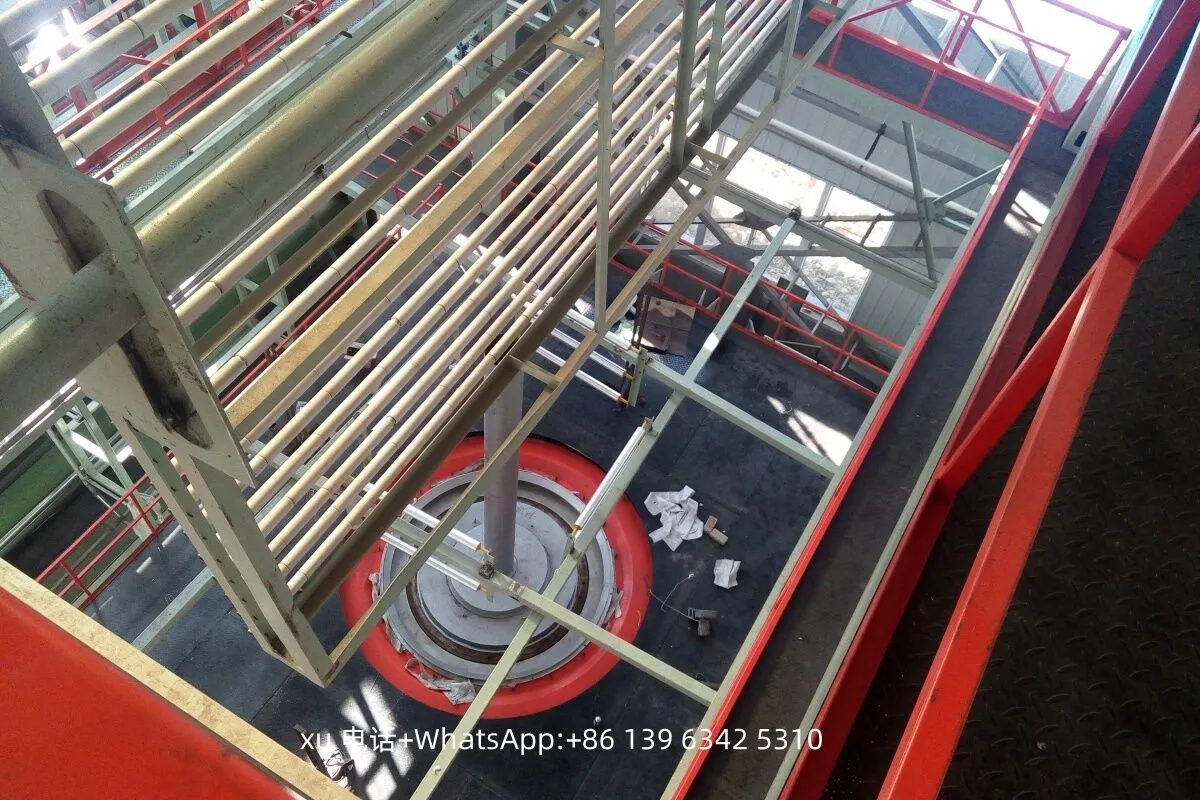
Strength and toughness: The blown plastic film has excellent tensile and puncture resistance, can withstand field operations, wind and sun, sand and gravel friction, and is not easily damaged after laying, ensuring the service cycle and reducing frequent replacement investment.
Moderate permeability: With just the right water vapor transmission rate and air permeability, it can not only prevent soil moisture from being lost too quickly, but also ensure the exchange of soil and external gases to maintain soil vitality.
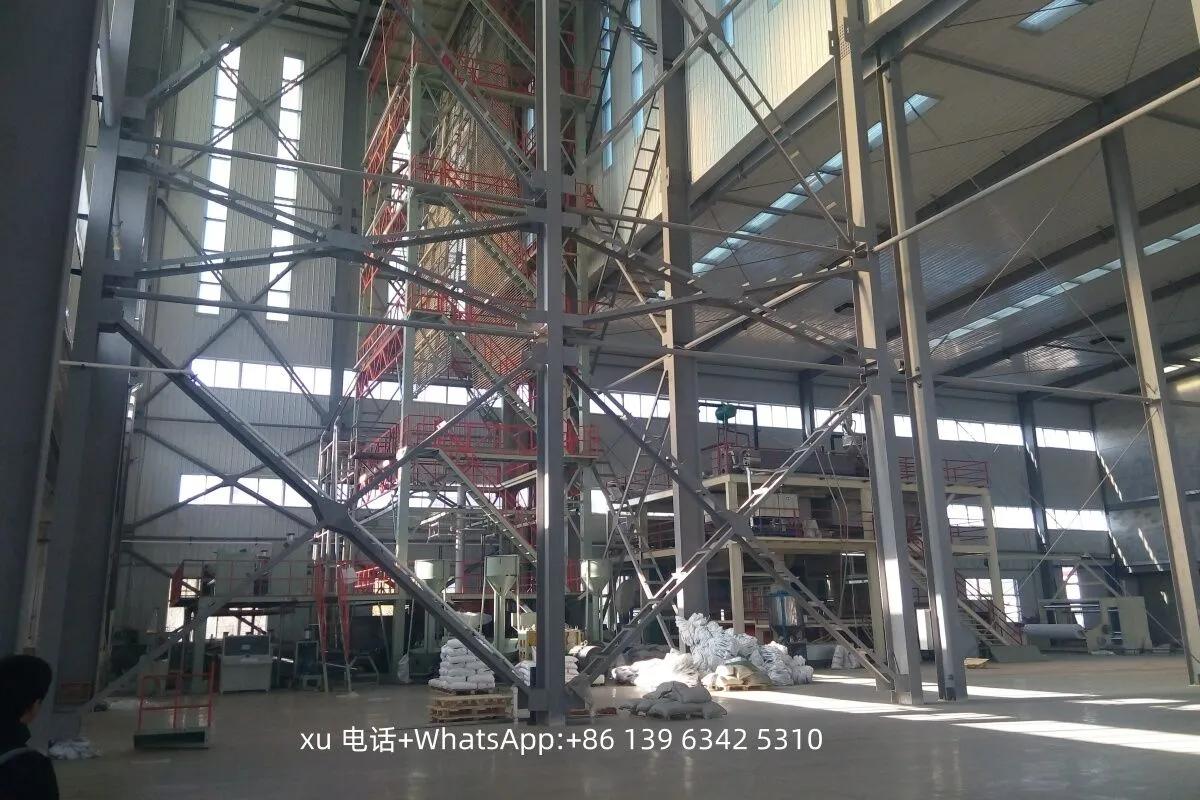 2. The production efficiency is considerable
2. The production efficiency is considerableEfficient output: The components of the unit work together tacitly, with abundant power, and can maintain a stable and fast blow molding speed. A large number of mulch films are produced in a short time to meet the peak demand for concentrated films such as spring plowing and autumn planting.
Flexible regulation: It can precisely adjust the blowing ratio, traction speed, temperature and other parameters, and fabricate mulch films of different thicknesses and widths on demand, suitable for a variety of planting scenarios.
It can well adapt to common raw materials such as polyethylene and polyvinyl chloride, and can also process composite raw materials mixed with anti-aging, weeding, insect repellent and other functional additives to broaden the function of mulch film.
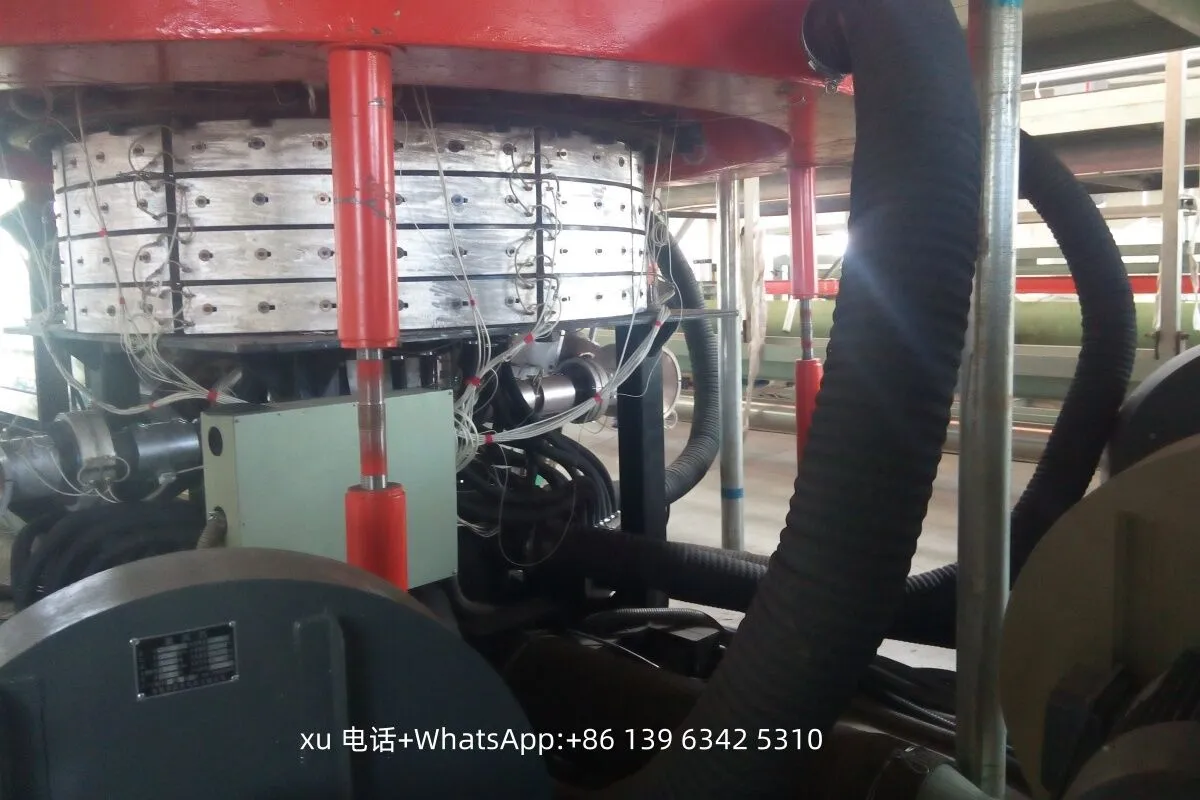 4. Easy operation and maintenance
4. Easy operation and maintenanceSimple operation: Equipped with an intuitive and easy-to-understand operation interface, workers can easily get started without complex training, and quickly complete parameter setting and production monitoring.
Easy maintenance: key components are well-laid out, maintenance space is sufficient, standardized parts are easy to obtain and replace, and equipment downtime is minimized.
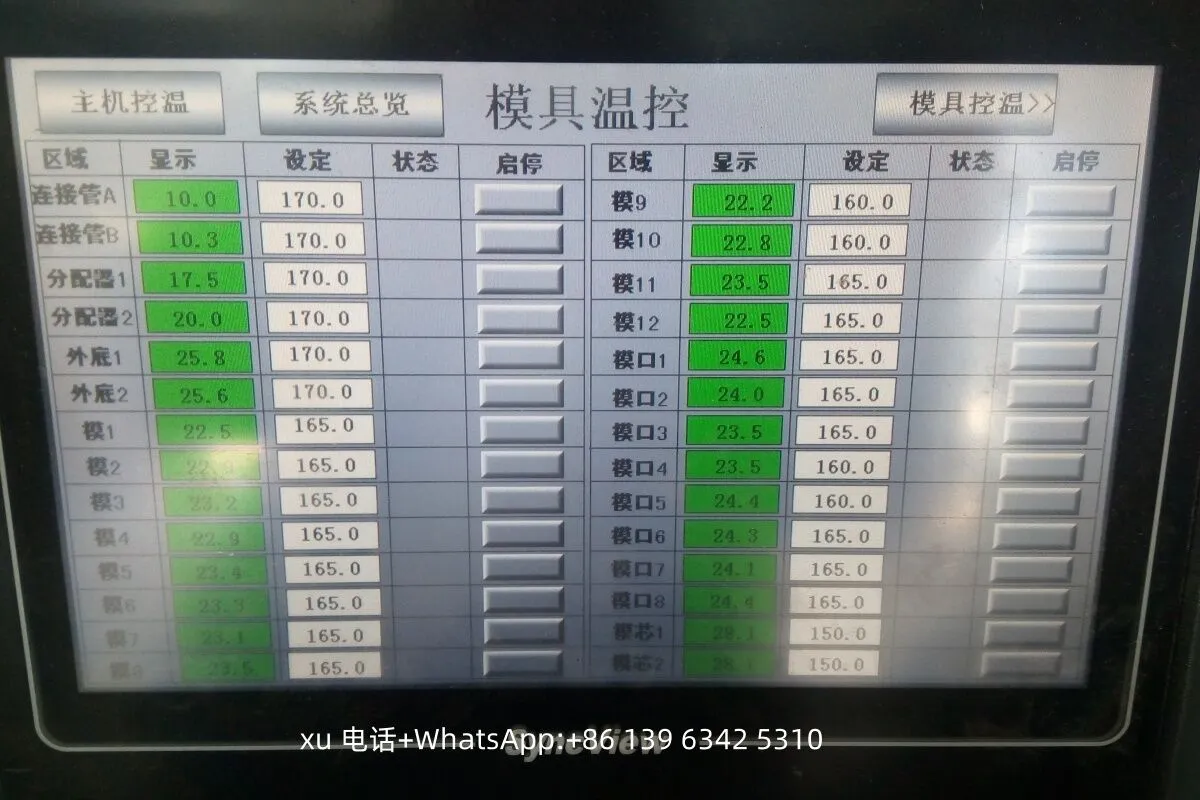
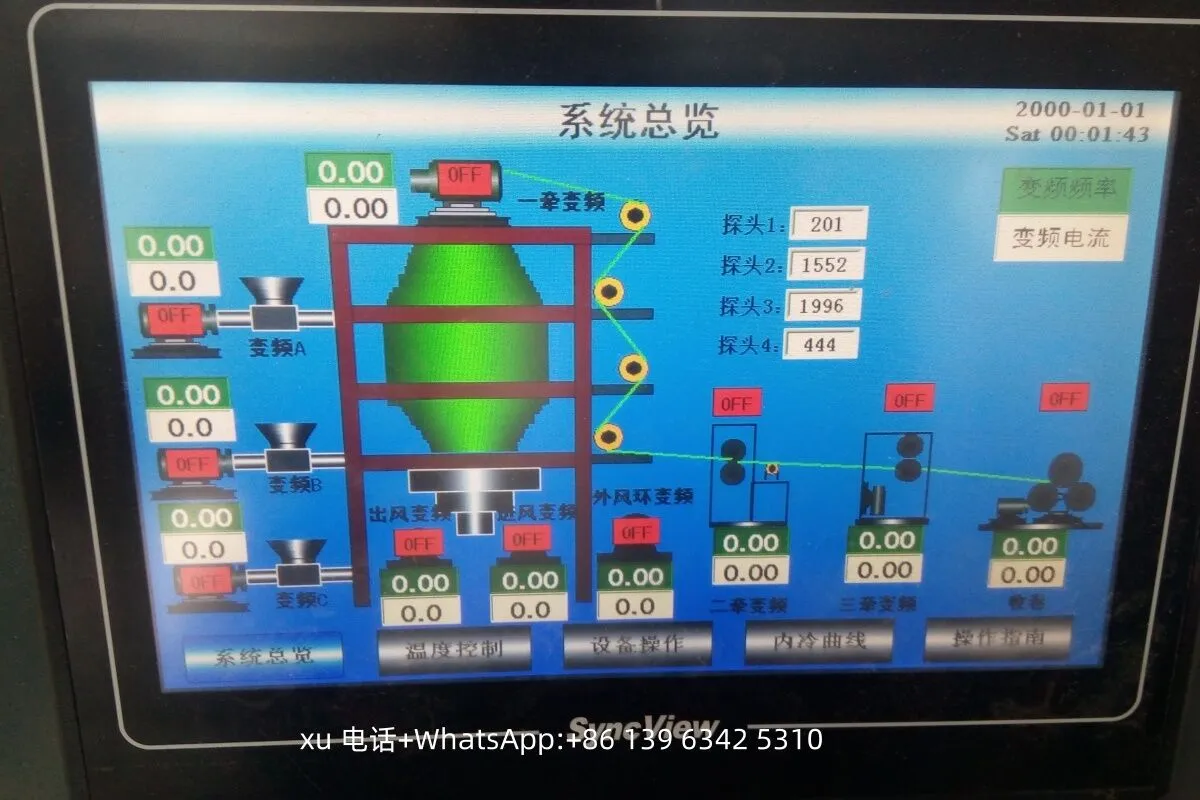 Application:
Application:A plastic film blow molding unit has wide-ranging applications. In the packaging sector, it churns out shopping bags, which are lightweight yet sturdy, facilitating daily consumer use. It also makes shrink-wrap films, allowing products like toys or cosmetics to be neatly bundled, enhancing visual appeal. For food packaging, the unit produces oxygen-barrier films, keeping baked goods fresh longer. In agriculture, black mulch films are manufactured to cover soil beds, curbing weed growth and retaining moisture. Moreover, transparent greenhouse films are created, enabling off-season crop cultivation. Industrial uses include making protective films for metal parts to prevent scratches.
Our PVC pipe production line can adapt to a wide range of environmental conditions. The recommended working temperature is 0 – 40°C, and it can operate normally with a relative humidity not exceeding 85%. If your factory has special environmental conditions, we can provide targeted protection solutions, such as installing temperature control equipment and moisture-proof treatment, to ensure the stable operation of the equipment.
The core components of our equipment are designed in a standardized manner, and common accessories are well-stocked. For domestic customers, the goods can be delivered within 3 – 5 working days after the order is placed. For specially customized components, we will closely cooperate with suppliers to ensure delivery within 15 – 20 working days, minimizing the impact on your production.
Certainly! We not only provide equipment but also share our accumulated production process experience according to your product requirements. Our technical experts will formulate detailed production process plans combined with the characteristics of the equipment and provide on-site guidance and optimization during the equipment debugging stage to help you produce high-quality products.
Our drip irrigation pipe production line is equipped with a fully automatic control system, enabling a full – process automation from raw material feeding to finished product winding. Compared with traditional production lines, it can reduce labor input by 60%. For example, a production line with a daily output of 2 tons only requires 2 – 3 operators to complete the production, significantly reducing labor costs.
Of course! For customers who make bulk purchases or purchase multiple product categories, we will provide tiered discount offers based on the specific purchase amount and equipment type. At the same time, we will also give away a certain number of vulnerable parts and extend the equipment warranty period, making your purchase more cost-effective.
We have fully considered noise control in the equipment design. Through optimizing the mechanical structure and installing sound insulation devices, the running noise is lower than the national industrial noise standard (≤85 decibels during the day and ≤75 decibels at night). The equipment’s energy consumption, exhaust emissions, and other indicators meet environmental protection requirements and have passed relevant inspection and certification, so you can use it with confidence.
The overall warranty period for our plastic machinery is 1 year, and the warranty period for core components is 2 years. During the warranty period, all costs for repairs and component replacements due to equipment quality problems will be borne by us, and you do not need to pay any additional fees. After the warranty period expires, we will still provide preferential maintenance services and component prices.
We cooperate with multiple financial institutions and can provide flexible financing plans for customers, such as installment payments and equipment leasing. You can choose the down payment ratio and repayment period according to your own financial situation to ease financial pressure and smoothly introduce the equipment for production.
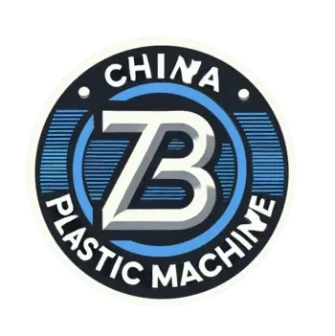
Customized plastic machinery experts help customers seize market opportunities with technological breakthroughs
Welcome to Z.B.Q.Y. Plastic Machine